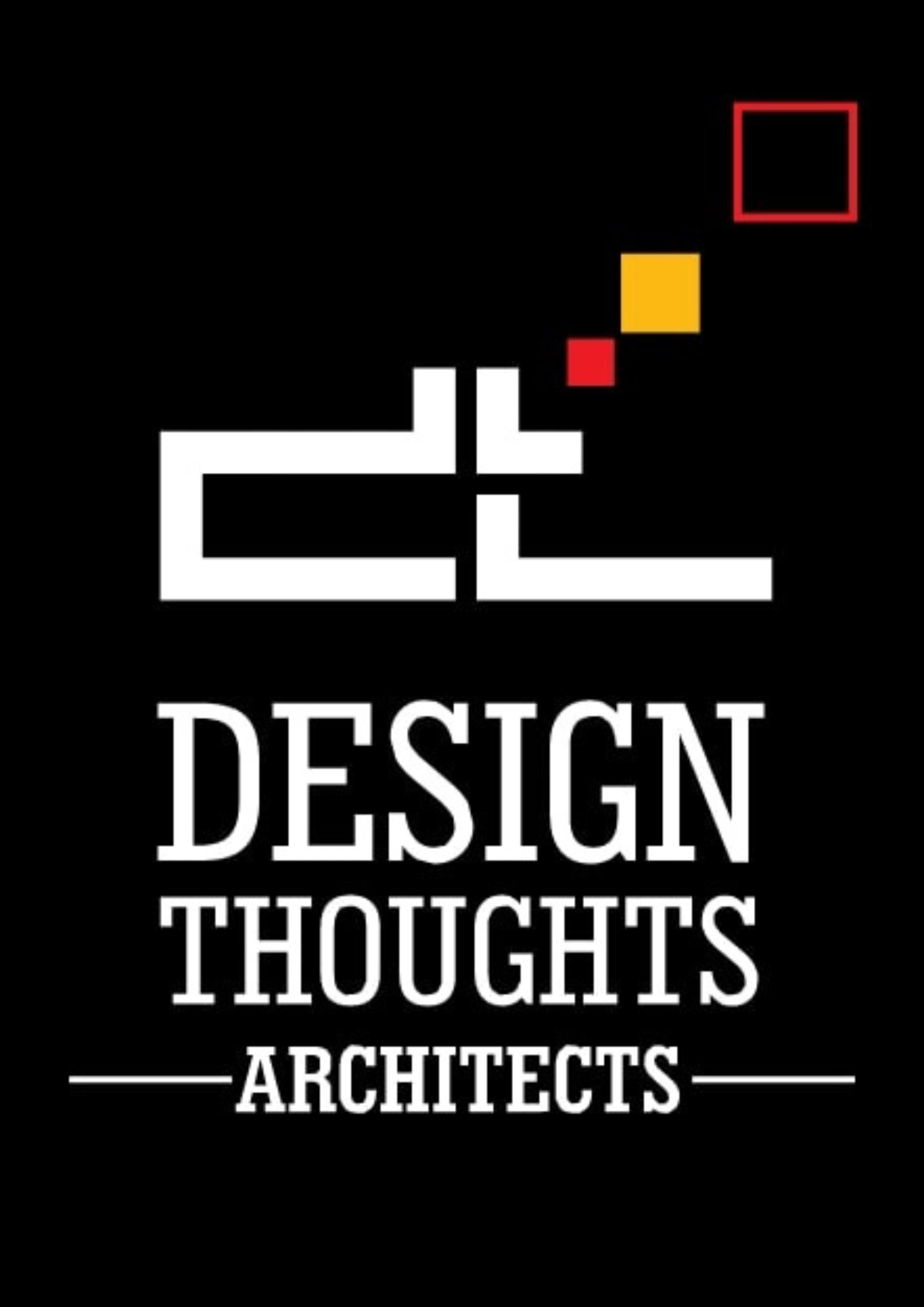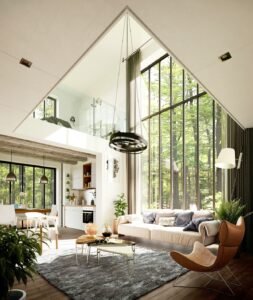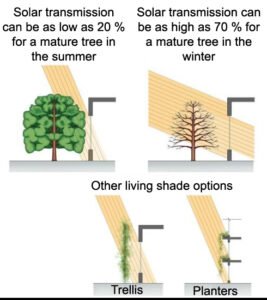7 Best Design Principles Applied to Bioclimatic Architecture
Environment-friendly construction and interior design are becoming increasingly important today. As a result, many people are requesting the implementation of bioclimatic architecture principles in their Villas & Bungalows. Architects have a significant impact on environmental sustainability because they choose the materials and products that will be used. As well as how people will interact with their surroundings from an ecological perspective.
Any space in our society is viewed as a box with an air conditioner installed to cool the room as per the user’s preference of the house. If we only considered how much energy, we could save by using passive cooling methods. We have failed to explore additional options that could provide holistic environmental solutions because convenience has trumped quality.
 Source: twitter.com/illustrarch
Source: twitter.com/illustrarch
- Gaining a better understanding of the region’s climate.
- Monitoring weather changes throughout the year in order to design for year-round thermal comfort.
- Researching regionally specific construction techniques. This will provide users with a broader understanding of thermal comfort prior to the invention of air conditioners.
- Using materials that are readily available in the area. Materials native to the zone would have evolved in response to the climate, making construction easier. The challenge also entails determining the best construction technique for the given material.
Here are the 7 best design principles that would help in incorporating bioclimatic architecture into your house design.
1. Design for energy efficiency:
Energy consumption makes up a major part of climatic change. Buildings account for a significant portion of global greenhouse gas emissions due to energy consumption.
People can design their houses more energy efficient by reducing the amount of energy required for heating, lighting, running appliances, and other tasks. As well as providing renewable, and non-carbon-based energy.
Source: home-designing
The two most important factors over which we have control are heating and lighting. Because windows are where the majority of a building’s heat escapes, it’s critical that the windows placed are of good quality. Curtains and drapes keep both the cold and the heat of the sun out.
A home’s interior courtyard can help to bring natural light into rooms. With the courtyard combined with well-planned landscaping, this area can appear to be a private island isolated from neighbors, with a patch of ground and some sky that allows you to connect to the outdoors.
By providing a courtyard the hot humidified air from the rest of the house can escape through it to the outdoors.
Source: Archdaily
2. Use of Ecological And Renewable Resources or Materials:
There are two sources of energy supply that are naturally occurring, these are Renewable sources and Non-Renewable Sources. Renewable energy is obtained from natural processes that can be further replenished. Renewable sources as most often used as solar, wind, water (hydropower), biomass, and geothermal energy from renewable sources is largely dependent on the availability of these natural resources.
3. Solar Energy For Heating In Winter:
Solar energy is used for heating buildings in the winter season and for daylighting all year round. By appropriate orientation of the buildings and openings, we can receive proper solar energy into the house.
4. Sun Shading Devices:
Sun shading devices give a greater level of comfort to the inside atmosphere as they block sunlight and reduce the amount of solar gain. This makes the indoor environment better for people as it balances the temperature, humidity, and intensity of light.
These shading devices are designed in a way that makes them durable and cost-effective. Most energy-efficient houses and buildings use shading and sun control devices as a part of their architectural design strategy as they allow natural light to filter in – thus reducing the need for artificial lighting.
Source: tboake.com
5. Landscape:
There are many aspects that should be considered during the house design of the outdoor environment including radiation, heat, and dust control. However, the important considerations are; Solar Radiation Control, Wind Control Evaporation Control, and many more.
The landscape features such as trees, hedges, and rockery can modify radiation penetration and cool air temperatures adjacent to the building envelope by providing shade, cool breezes, and aiding in natural ventilation. Larger trees can help in reducing the external wall temperatures and minimizes the sun exposure to windows and openings.
Source: Archi-monarch
6. Use of Smart Materials:
Smart materials are capable of adapting to their exterior environment. That is they can change easily but can then easily change back depending on changes in their surroundings. For example, the window panes that automatically darken, tiles that store the heat energy of the sun, and other smart materials that repair themselves to lengthen their useful life.
Source:intelligentglass
7. Green Roof or Terrace Garden:
A green roof has become an important element of bioclimatic urban development. A green roof not only gives aesthetic look to the structure but at the same time ensures an efficient rainwater harvesting system and also recharges the groundwater level. Not only this, but green roofs also provide shade, purify the air, regulate the indoor air quality and temperature and reduce heat from the surrounding environment, keeping the area cooler.
Source: cgbg.org
Advantages of Bioclimatic Architecture:
As expected, a bioclimatic construction has many advantages over a conventional home. There are many benefits of bioclimatic conscious building design in general, such as energy conservation, thermal/visual comfort, economic benefits (reduced fuel consumption, and cost of electrical equipment), and environmental benefits (less pollution, reducing the greenhouse effect). Saving of bills due to better energy management and integration in their surroundings. Optimal thermal comfort helps to keep temperatures stable in any climate. Less noise pollution by using insulation. Help in maintaining thermal comfort inside a building without the use of electricity.
Source: passivhaus institut
Conclusion:
The residential sector consumes a significant amount of energy. Therefore, it is important to study and implement a bioclimatic architecture that helps in reducing energy consumption.
The principles of bioclimatic architecture, when applied according to the surrounding climate and geography, can simultaneously increase a building’s efficiency and create a more comfortable living space for the occupants. Passive measures like solar panels, Openings for natural light, and cross-ventilation are all low-cost. High-yield methods are increasing a home’s thermal comfort and efficiency and decreasing its carbon footprint.



















